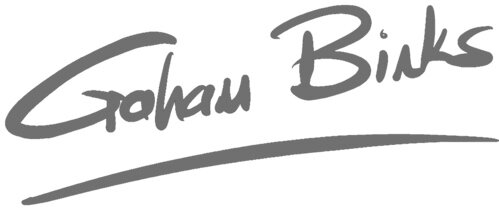Keep Steering Simple
/Every successful project needs a well thought out plan. But a regular steering meeting is even more important. This is where you will take the pulse of the project and make any adjustments required through the course of the work. There are only three items on the agenda.
- Project health
- What to expect next
- What could go wrong
That’s it. With appropriate preparation, these meetings will run like clockwork and focus the valuable time of the leadership group on a short list of matters of the day.
Let’s talk about each of the three key areas.
Project Health
Project health is a measure of progress against plan. The plan may change in response to lessons learned, but once the steering group has approved the change, be sure to track against the latest plan. The original has become redundant.
Here’s a simple color-coded scheme my best clients use to measure project health:
- Green : on schedule for approved plan
- Amber : behind schedule with a plan to catch up
- Red : behind schedule with no plan to catch up
Track the health of more complex projects at the level of each major constituent part, but anything more than a dozen line items is too much detail for steering.
If you follow this approach, you’ll spend time where it’s needed - turning amber items to green and avoiding ambers turning red.
What to expect next
Next up is a focus on the slice of the plan that covers activities to be completed between this steering meeting and the one after next, typically the next 4 weeks of the project. It's the opportunity for the team to highlight any challenges they are facing and push for timely decisions required in order to proceed. This topic is all about the steering group removing roadblocks to progress so the team can maintain their commitment to completing the next phase of the work.
What could go wrong
Last on the agenda is risk and mitigation. We all know that circumstances can cause changes to the best laid plans. No plan is complete without an assessment of the foreseeable risks, and an idea of how the team will respond if each challenge arises. As the project progresses, risks will diminish and, eventually, disappear. New risks may emerge, and they’ll require a mitigation plan. Each steering meeting must stay on top of this changing landscape. Remember, this topic is about things that have not happened yet, but that you’ll need to be ready for.
How Informed are you?
Consider major macurrent or upcoming initiative. How deep in the weeds do you need to go in order to be comfortable that you’re on top of the project? What is the simplest summary that you can expect your team to prepare each week?
How many of these criteria are achieved by your project updates?
- The meetings are efficient - well prepared, stay on topic, end early or on time, 60 minutes per week.
- All parties feel well-informed.
- Communication is clear across the team.
- Surprises are being dealt with quickly.
- Decision-making is not holding up the project.
If you scored yourself a five, you’re team is doing a good job. Any lower and you may be risking your project timeline and budget.
Contact me at graham@primeFusion.ca to let me know how your approach lines up against these three agenda items.

